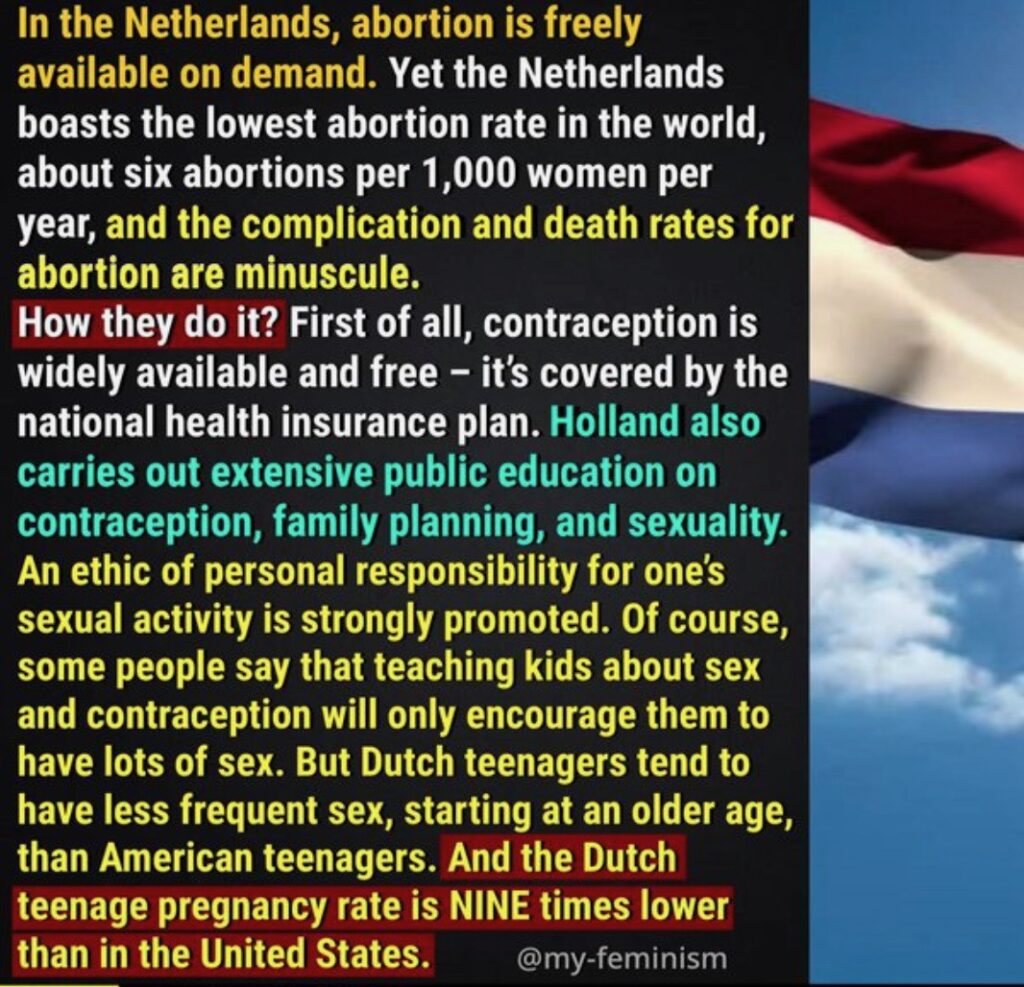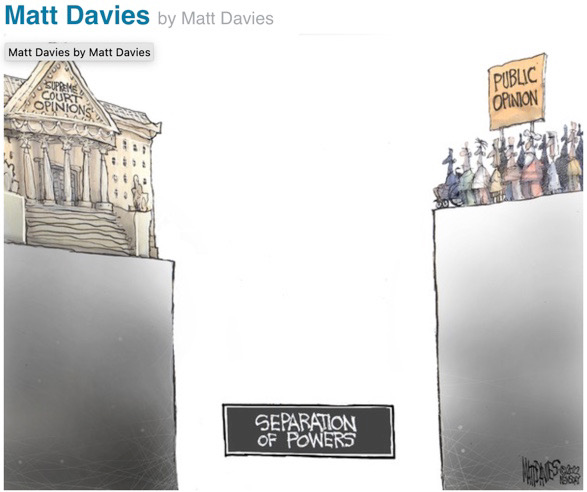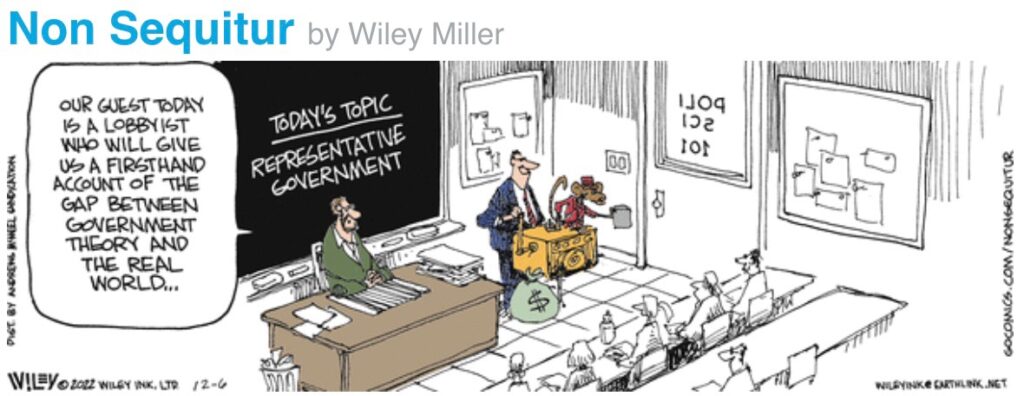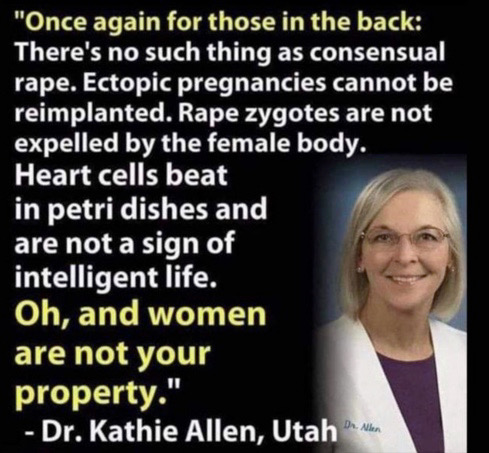
The Old Testament has several legal passages that refer to abortion, but they deal with it in terms of loss of property and not sanctity of life.
The status of the fetus as property in the Bible is shown by the law that if a person causes a miscarriage they must pay a fine to the husband of the woman, but if they also cause the woman to die then they are liable to be killed. The New Testament doesn’t explicitly deal with abortion.
“Pope Pius IX challenged the canonical tradition about the beginning of “ensouled” life set by Pope Gregory XIV in 1591. He believed that while it may not be known when “ensoulment” occurs, there was the possibility that it happens at conception.”
“Before the Counsel ended 8 July 1870, Pope Pius IX established the dogma of “papal infallibility,” for Church doctrine, the Pope speaks the truth with certainty” thus is always right when he says he is. The Catholic Church defined when life begins and other Christians followed its direction.
Quickening is when fetal motion can be felt by the mother, usually about the fourth month.
Colonial women procured prequickening abortions mainly with the help of other women in their communities; skilled midwives knew which herbs could cause a woman to abort, and early American medical books even gave instructions for “suppressing the courses,” or inducing an abortion.
Later the cottage abortion industry caught the attention of the fledgling American Medical Association, which was established in 1847 and, at the time, excluded women and Black people from membership. The AMA was keen to be taken seriously as a gatekeeper of the medical profession, and abortion services made midwives and other irregular practitioners—so-called quacks—an easy target. Their rhetoric was strategic, to eliminate competition. You have to link those midwives to providing abortion as a way of getting them out of business. So organized medicine very much takes the anti-abortion position and stays with that for some time. Now the Trump leaning Supreme Court violates its own rules on precedence to eliminate a 50 year old ruling on abortion.

Majority of adults aged 18 to 49 identify as “pro-choice” Why?
Because being pregnant is a life changing event. Younger people are less hypocritical than their parents and don’t generally have nearby and supportive parents, who ask, “You are what?”
Majority of adults aged 50+ identify as “pro-life”
Because we lived through this situation, so it is not our problem anymore. It’s the kids turn to learn.
Age differences in support for legality of abortion fairly consistent since the 1970s.
To ensure that the “correct” voices are heard, let’s introduce a new group.

The majority of American religious groups support the right to have an abortion except white evangelical Protestants who view most issues as either all good or forever evil with no gradations in-between. This makes decisions simple and final.

The history of how the white religious Right became active in politics is partially condensed below.
“One of the most durable myths in recent history is that the religious right, the coalition of conservative evangelicals and fundamentalists, emerged as a political movement in response to the U.S. Supreme Court’s 1973 Roe v. Wade ruling legalizing abortion. The tale goes something like this: Evangelicals, who had been politically quiescent for decades, were so morally outraged by Roe that they resolved to organize in order to overturn it.
But the abortion myth quickly collapses under historical scrutiny. In fact, it wasn’t until 1979—a full six years after Roe—that evangelical leaders, at the behest of conservative activist Paul Weyrich, seized on abortion not for moral reasons, but as a rallying-cry to deny President Jimmy Carter a second term. Why? Because the anti-abortion crusade was more palatable than the religious right’s real motive: protecting segregated schools. So much for the new abolitionism.
In 1968, for instance, a symposium sponsored by the Christian Medical Society and Christianity Today, the flagship magazine of evangelicalism, refused to characterize abortion as sinful, citing “individual health, family welfare, and social responsibility” as justifications for ending a pregnancy. In 1971, delegates to the Southern Baptist Convention in St. Louis, Missouri, passed a resolution encouraging “Southern Baptists to work for legislation that will allow the possibility of abortion under such conditions as rape, incest, clear evidence of severe fetal deformity, and carefully ascertained evidence of the likelihood of damage to the emotional, mental, and physical health of the mother.” The convention, hardly a redoubt of liberal values, reaffirmed that position in 1974, one year after Roe, and again in 1976.
In the decades following World War II, evangelicals, especially white evangelicals in the North, had drifted toward the Republican Party—inclined in that direction by general Cold War anxieties, vestigial suspicions of Catholicism and well-known evangelist Billy Graham’s sermons.
Paul Weyrich, the late religious conservative political activist and co-founder of the Heritage Foundation, saw his opening. Weyrich reasoned, their large numbers would constitute a formidable voting bloc—one that he could easily marshal behind conservative causes. If the moral majority acts, results could well exceed our wildest dreams.
But this hypothetical “moral majority” needed a catalyst—a standard around which to rally. For nearly two decades, Weyrich, by his own account, had been trying out different issues, hoping one might pique evangelical interest: pornography, prayer in schools, the proposed Equal Rights Amendment to the Constitution, even abortion. “I was trying to get these people interested in those issues and I utterly failed,” Weyrich recalled at a conference in 1990.
The Green v. Connally ruling provided a necessary first step, capturing the attention of evangelical leaders , especially as the IRS began sending questionnaires to church-related “segregation academies,” including Falwell’s own Lynchburg Christian School, inquiring about their racial policies that would exclude them being a charitable educational institution.
One such school, Bob Jones University—a fundamentalist college in Greenville, South Carolina—was especially obdurate. The IRS had sent its first letter to Bob Jones University in November 1970 to ascertain whether or not it discriminated on the basis of race. The school responded defiantly: It did not admit African Americans.
Although Bob Jones Jr., the school’s founder, argued that racial segregation was mandated by the Bible, Falwell and Weyrich quickly sought to shift the grounds of the debate, framing their opposition in terms of religious freedom rather than in defense of racial segregation. For decades, evangelical leaders had boasted that because their educational institutions accepted no federal money (except for, of course, not having to pay taxes) the government could not tell them how to run their shops—whom to hire or not, whom to admit or reject. The Civil Rights Act, however, changed that calculus.
Bob Jones University did, in fact, try to placate the IRS—in its own way. Following initial inquiries into the school’s racial policies, Bob Jones admitted one African-American, a worker in its radio station, as a part-time student; he dropped out a month later. In 1975, again in an attempt to forestall IRS action, the school admitted blacks to the student body, but, out of fears of miscegenation, refused to admit unmarried African-Americans. The school also stipulated that any students who engaged in interracial dating, or who were even associated with organizations that advocated interracial dating, would be expelled.
The IRS was not placated. On January 19, 1976, after years of warnings—integrate or pay taxes—the agency rescinded the school’s tax exemption.
For many evangelical leaders, who had been following the issue since Green v. Connally, Bob Jones University was the final straw. As Elmer L. Rumminger, longtime administrator at Bob Jones University, told me in an interview, the IRS actions against his school “alerted the Christian school community about what could happen with government interference” in the affairs of evangelical institutions. “That was really the major issue that got us all involved.”
***
Weyrich saw that he had the beginnings of a conservative political movement, which is why, several years into President Jimmy Carter’s term, he and other leaders of the nascent religious right blamed the Democratic president for the IRS actions against segregated schools—even though the policy was mandated by Nixon, and Bob Jones University had lost its tax exemption a year and a day before Carter was inaugurated as president. Falwell, Weyrich and others were undeterred by the niceties of facts. In their determination to elect a conservative, they would do anything to deny a Democrat, even a fellow evangelical like Carter, another term in the White House.
But Falwell and Weyrich, having tapped into the ire of evangelical leaders, were also savvy enough to recognize that organizing grassroots evangelicals to defend racial discrimination would be a challenge. It had worked to rally the leaders, but they needed a different issue if they wanted to mobilize evangelical voters on a large scale.
By the late 1970s, many Americans—not just Roman Catholics—were beginning to feel uneasy about the spike in legal abortions following the 1973 Roe decision. The 1978 Senate races demonstrated to Weyrich and others that abortion might motivate conservatives where it hadn’t in the past.
In the course of my research into Falwell’s archives at Liberty University and Weyrich’s papers at the University of Wyoming, it became very clear that the 1978 election represented a formative step toward galvanizing everyday evangelical voters. Correspondence between Weyrich and evangelical leaders fairly crackles with excitement. In a letter to fellow conservative Daniel B. Hales, Weyrich characterized the triumph of pro-life candidates as “true cause for celebration,” and Robert Billings, a cobelligerent, predicted that opposition to abortion would “pull together many of our ‘fringe’ Christian friends.” Roe v. Wade had been law for more than five years.
Weyrich, Falwell and leaders of the emerging religious right enlisted an unlikely ally in their quest to advance abortion as a political issue: Francis A. Schaeffer—a goateed, knickers-wearing theologian who was warning about the eclipse of Christian values and the advance of something he called “secular humanism.” Schaeffer, considered by many the intellectual godfather of the religious right, was not known for his political activism, but by the late 1970s he decided that legalized abortion would lead inevitably to infanticide and euthanasia, and he was eager to sound the alarm. Schaeffer teamed with a pediatric surgeon, C. Everett Koop, to produce a series of films entitled Whatever Happened to the Human Race? In the early months of 1979, Schaeffer and Koop, targeting an evangelical audience, toured the country with these films, which depicted the scourge of abortion in graphic terms—most memorably with a scene of plastic baby dolls strewn along the shores of the Dead Sea. Schaeffer and Koop argued that any society that countenanced abortion was captive to “secular humanism” and therefore caught in a vortex of moral decay.
Between Weyrich’s machinations and Schaeffer’s jeremiad, evangelicals were slowly coming around on the abortion issue. At the conclusion of the film tour in March 1979, Schaeffer reported that Protestants, especially evangelicals, “have been so sluggish on this issue of human life, and Whatever Happened to the Human Race? is causing real waves, among church people and governmental people too.”
By 1980, even though Carter had sought, both as governor of Georgia and as president, to reduce the incidence of abortion, his refusal to seek a constitutional amendment outlawing it was viewed by politically conservative evangelicals as an unpardonable sin. Never mind the fact that his Republican opponent that year, Ronald Reagan, had signed into law, as governor of California in 1967, the most liberal abortion bill in the country. When Reagan addressed a rally of 10,000 evangelicals at Reunion Arena in Dallas in August 1980, he excoriated the “unconstitutional regulatory agenda” directed by the IRS “against independent schools,” but he made no mention of abortion. Nevertheless, leaders of the religious right hammered away at the issue, persuading many evangelicals to make support for a constitutional amendment outlawing abortion a litmus test for their votes.
Carter lost the 1980 election for a variety of reasons, not merely the opposition of the religious right. He faced a spirited challenge from within his own party; Edward M. Kennedy’s failed quest for the Democratic nomination undermined Carter’s support among liberals. And because Election Day fell on the anniversary of the Iran Hostage Crisis, the media played up the story, highlighting Carter’s inability to secure the hostages’ freedom. The electorate, once enamored of Carter’s evangelical probity, had tired of a sour economy, chronic energy shortages and the Soviet Union’s renewed imperial ambitions.
After the election results came in, Falwell, never shy to claim credit, was fond of quoting a Harris poll that suggested Carter would have won the popular vote by a margin of 1 percent had it not been for the machinations of the religious right. “I knew that we would have some impact on the national elections,” Falwell said, “but I had no idea that it would be this great.”
Given Carter’s political troubles, the defection of evangelicals may or may not have been decisive. But it is certainly true that evangelicals, having helped propel Carter to the White House four years earlier, turned dramatically against him, their fellow evangelical, during the course of his presidency. And the catalyst for their political activism was not, as often claimed, opposition to abortion. Although abortion had emerged as a rallying cry by 1980, the real roots of the religious right lie not the defense of a fetus but in the defense of racial segregation.
***
The Bob Jones University case merits a postscript. When the school’s appeal finally reached the Supreme Court in 1982, the Reagan administration announced that it planned to argue in defense of Bob Jones University and its racial policies. A public outcry forced the administration to reconsider; Reagan backpedaled by saying that the legislature should determine such matters, not the courts. The Supreme Court’s decision in the case, handed down on May 24, 1983, ruled against Bob Jones University in an 8-to-1 decision. Three years later Reagan elevated the sole dissenter, William Rehnquist, to chief justice of the Supreme Court.”
